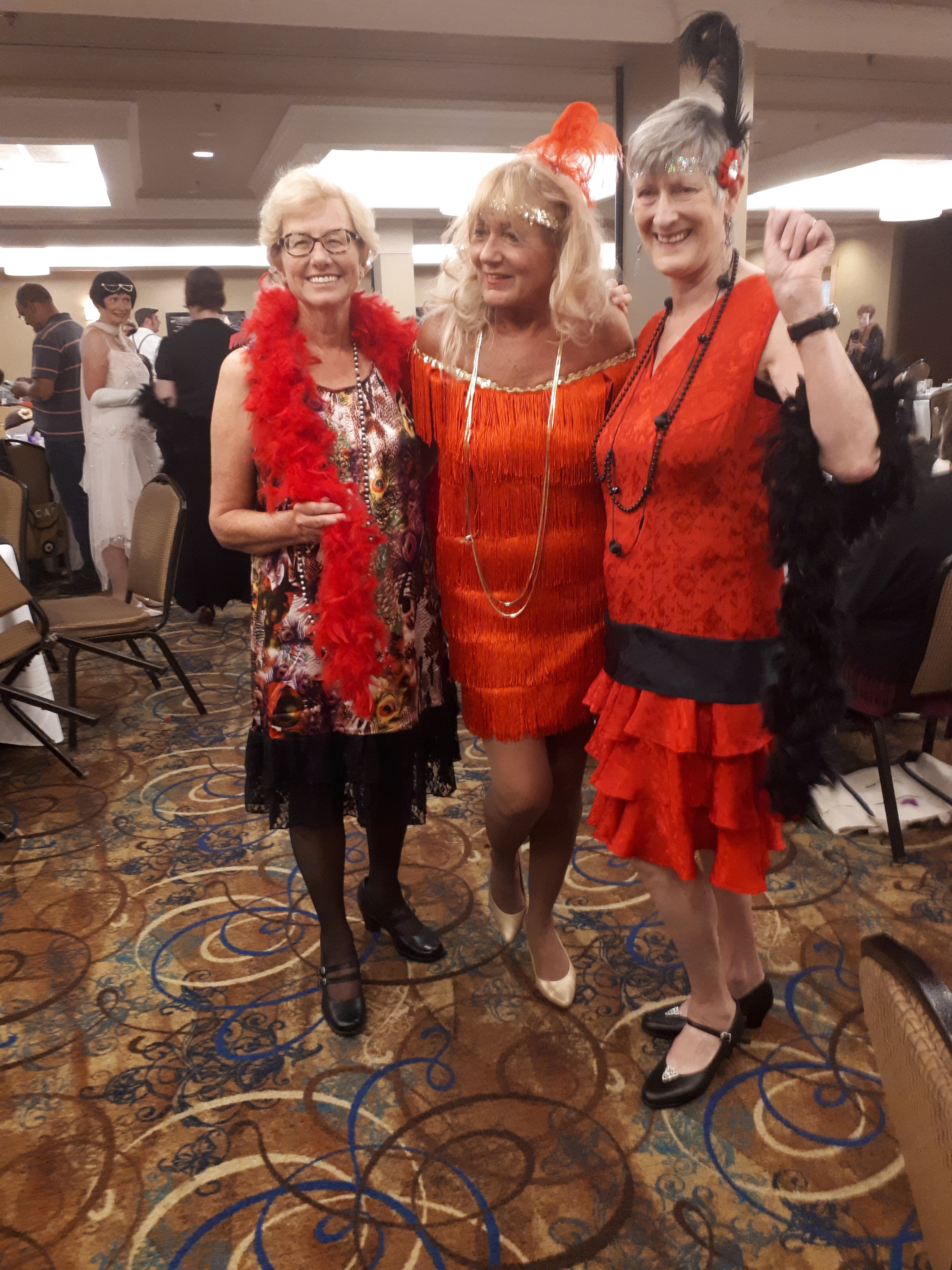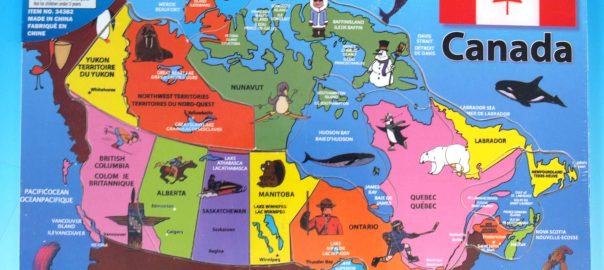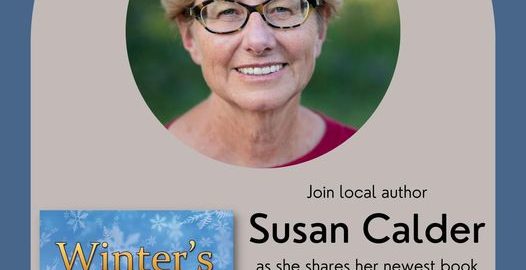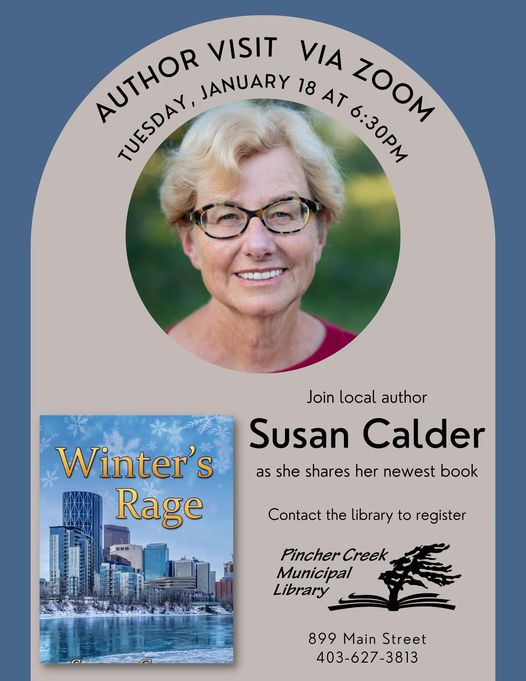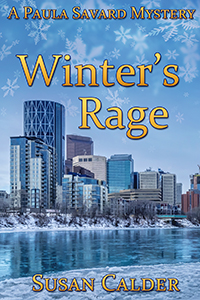I’m a believer in plowing through a novel’s first draft without pausing to revise along the way. When I start writing a book, reaching ‘the end’ is a daunting prospect. Since reworking existing material is easier than tackling a blank page, it can become an avoidance tactic. It might also be a waste of time if I discover I have to delete or radically rewrite a scene after I know what the whole story is about. ‘Write and revise later’ worked for my first four books. It didn’t for my current novel-in-progress.
My first problem with the process occurred when a scene I wrote fell flat and I felt a need to revise it before moving forward in the story. This happened again a few scenes down the road. In one case, my point of view detective narrator needed a partner for the scene. I threw in a random police officer, but found he added nothing to the story. I went back and made him a ‘she.’ To my surprise, sparks flew between her and my detective, who is at a crossroads in his life. Their romance has become a subplot in the novel and a key aspect of his personal story arc.
I tell myself that modifying my usual approach and following my instinct to jump in and revise comes from having a few novels under my belt; that I now know earlier in the process what a story needs to avoid more complicated revision later. How’s that for self-justification?
Around the manuscript’s 3/4 point, I realized that a number of scenes in the third quarter would work better if they were set in different locations. This time I stuck with my usual approach since most of the other material would remain the same. Instead of revising the scenes, I made an outline for the changes I plan to make. They will move a critical plot point earlier in the story, but I think the outline can deal with this change. Revising the wayward scenes would have benefits, but I really want to finish the first draft this spring.
Then, a few chapters later, a long scene fell completely flat, when the story should be building to a thrilling climax. I puzzled over what to do and decided I’d taken a wrong turn at the 3/4 mark. I had shifted the story focus to a character who is much talked about but hadn’t made a personal appearance in the novel. I assumed that since my main characters cared deeply about him, readers would too. But I think readers only engage with the characters they meet in the literary flesh. This might be one reason they tend to be less interested than the writer in characters’ backstories.
My solution to this problem will be to go back three chapters, to the point where I veered off track. I’ll revise most of the scenes and cut the 2,000 word flat scene. Ouch. But I need to know what happens in these chapters to figure out my characters’ paths to the climax and denouement.
Each novel has its own journey. This work-in-progress has gone in directions I didn’t expect, in terms of character development, subject matter, and writing process. I’ve found it a challenge to adapt, without steering off course.

